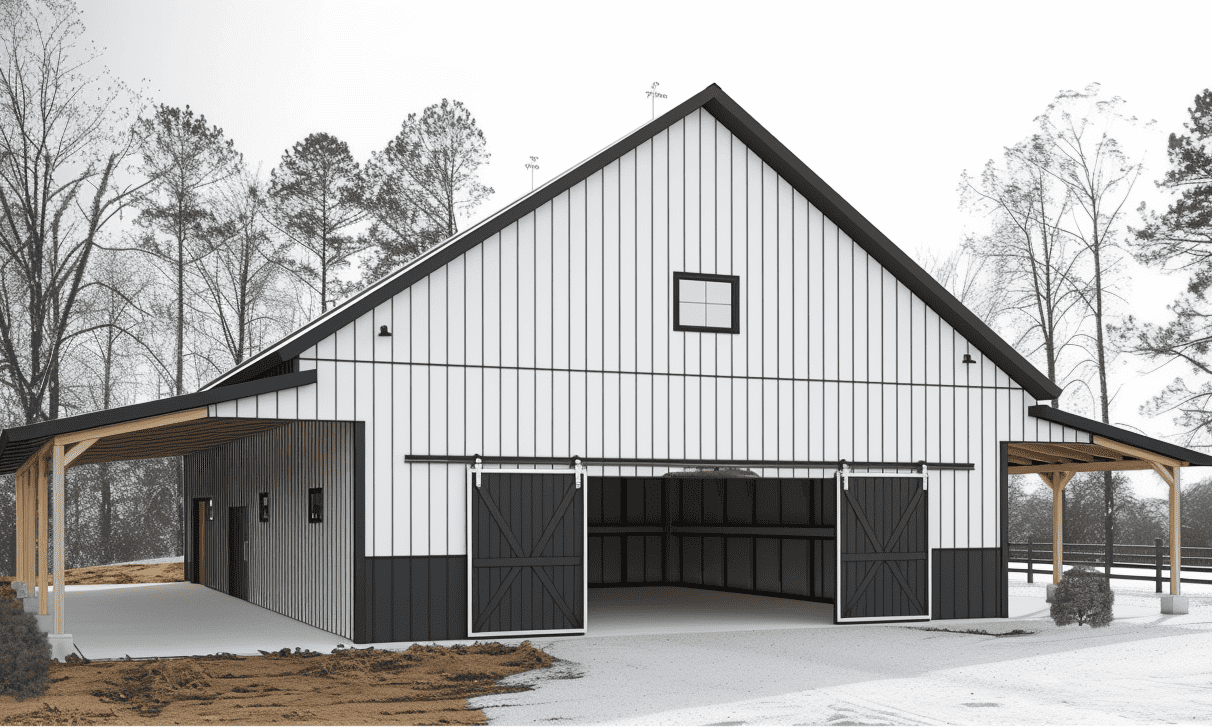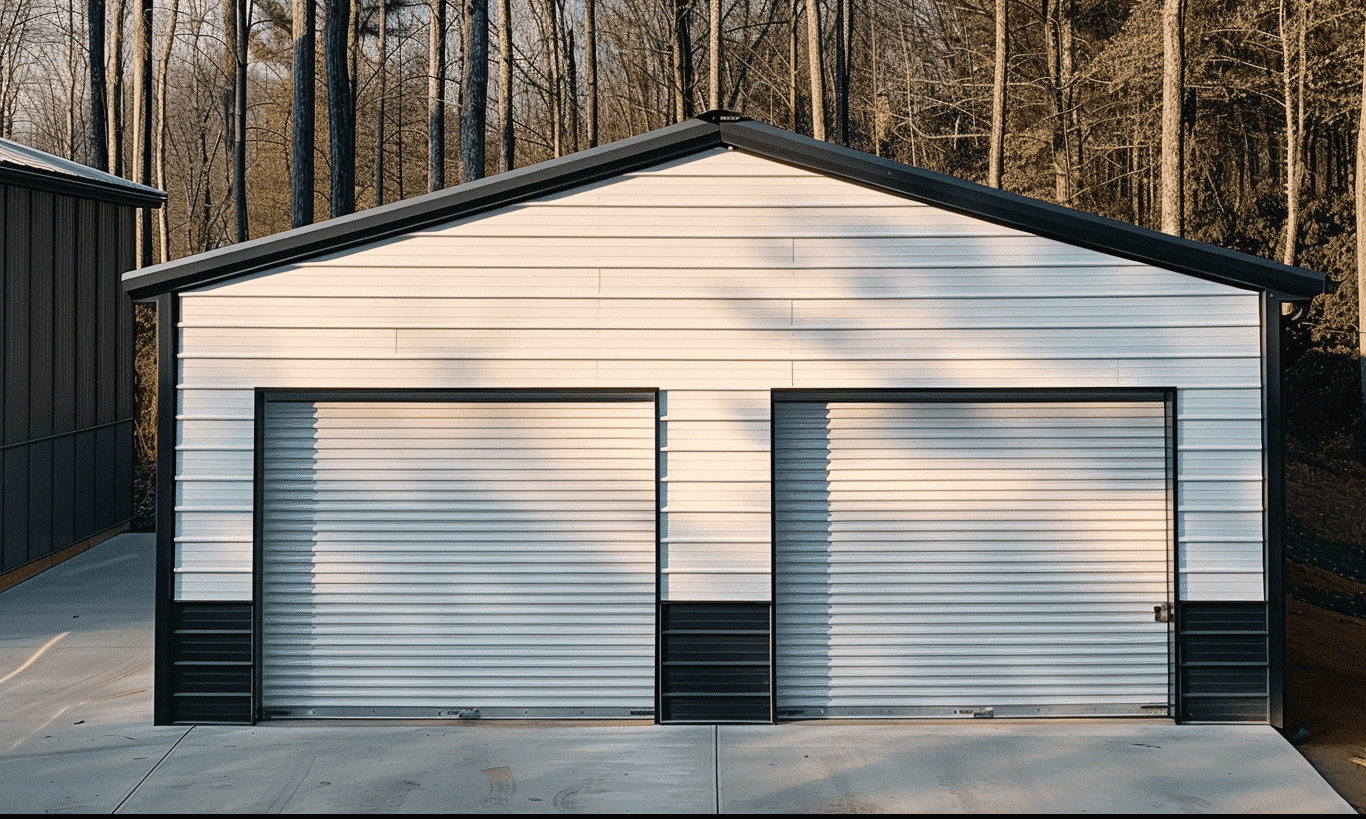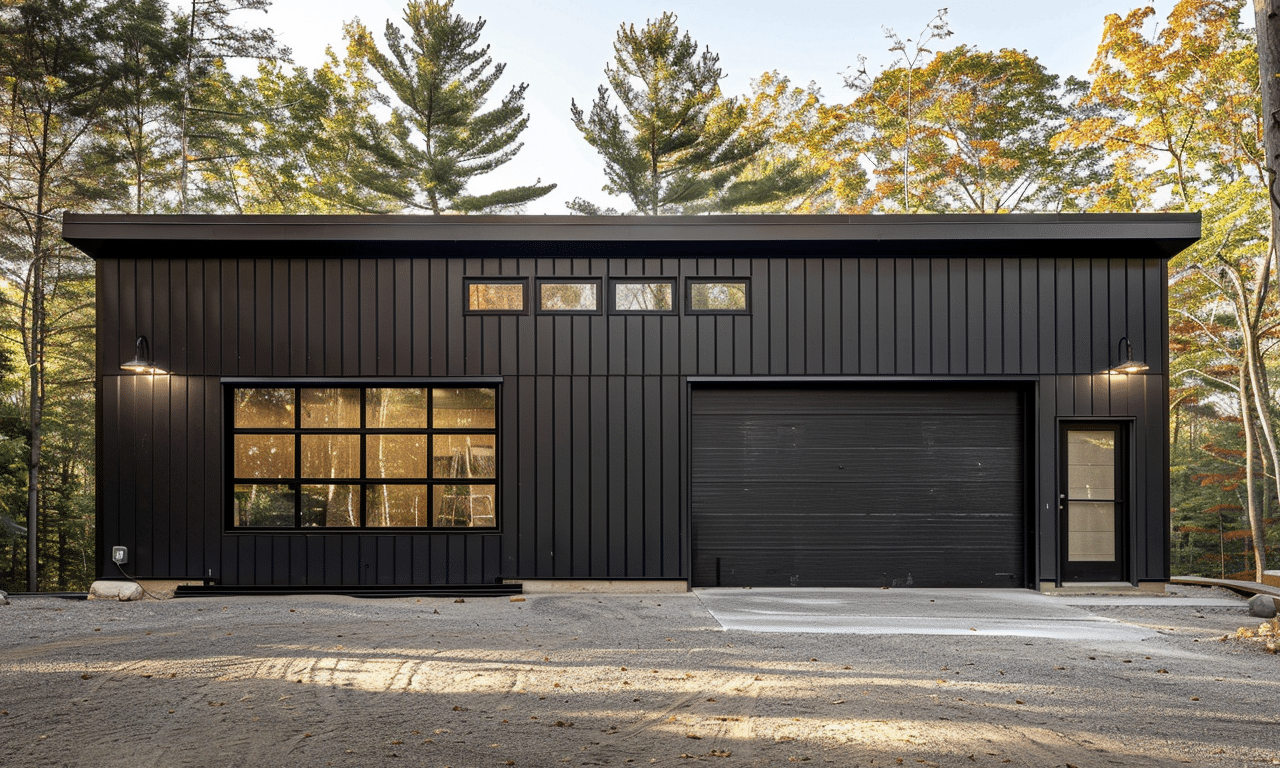Ontario’s Housing Plan: A Comprehensive Look at the Ambitious 1.5 Million Home Promise
Amid a downward trend in housing projections, the provincial government of Ontario remains adamant and steadfast in its promise to build 1.5 million homes for its citizens. The resolute announcement came from the lips of the provincial Housing Minister himself, just a day after the government had quietly divulged that the housing start projections have taken a tumble since the last budget.
Ontario’s Ambitious Outlook On Housing
The drive for such an ambitious housing project stems from the province’s earnest endeavor to provide ample affordable housing that offers a balanced approach to accommodate population growth. As far as reaffirming the pledge is concerned, Ontario’s housing minister, Paul Calandra, emphasized that despite revised projections, the goal of building 1.5 million homes will still be achieved. This assurance indicates that although the blueprint is facing headwinds, the government is hopeful about overcoming challenges.

The Whole Picture: Current State of Ontario’s Housing
A closer look into Ontario’s housing infrastructure reveals an ever-increasing demand for residential property. However, the supply end has been struggling to parallel this growth, which is prompting the government to bolster its efforts to expedite the construction of new homes. Presently, the Ontario housing market is grappling with limited inventories, inflated prices, and market competition, thereby leading to an amplified urgency in achieving the promising goal.
Unpacking the Future: What Does Ontario’s Promise Really Mean?
The promise of 1.5 million homes is indeed a tall order but it showcases the provincial government’s commitment towards a secure housing future for its residents. The pledge indicates an informed understanding of the importance of housing people comfortably, thereby leading to enhanced quality of life and social wellbeing. A home is more than just a roof on four walls, it’s a critical determinant of health, social, and economic lifestyles.

Further Changes Needed to Boost Housing
So, what’s the seen and unseen potential in meeting Ontario’s housing goal? Aside from the obvious benefit of enhanced availability and affordability, the construction boom will lead to the creation of numerous jobs and opportunities in the building and construction industry. Furthermore, this planned development will benefit companies offering advanced building solutions and steel buildings in Ontario.
Role of Modern Building Methods in Achieving the Goal
Modern construction methods are to play a crucial role in helping Ontario achieve its goal of 1.5 million homes. For instance, the adoption of your building team’s advanced building solutions, such as manufacturing precision-engineered components off-site and assembling them on-site rapidly, can make significant impacts. This technique, often referred to as modular construction, boasts time-saving and cost-effective benefits, making it a potent contender in the race to meeting Ontario’s housing objective.

Conclusion: Unfaltering Promise Amid Uncertain Projections
In conclusion, although Ontario’s housing start projections have experienced a downturn, the provincial government’s unyielding resolve to build 1.5 million homes upholds a promising future for Ontario’s housing landscape. With advanced building techniques and innovations in construction, such a voluminous goal looks plausible, thereby allaying public anxieties about their housing concerns.
Original News Source: CBC News – Ontario Home Projections
Have Your Say
What are your thoughts on Ontario’s ambitious plan to build 1.5 million homes? Do you have firsthand experience with these housing challenges? Or insights into the innovations in construction that might aid this goal? Share your experiences, ask questions, or engage in a discussion in the comments section below. We would love to hear from you!




